This week’s first #kanji is #念, which is made of its semantic element of #したごころ(心) and phonetic element of 今,…


This week’s first #kanji is #念, which is made of its semantic element of #したごころ(心) and phonetic element of 今,…
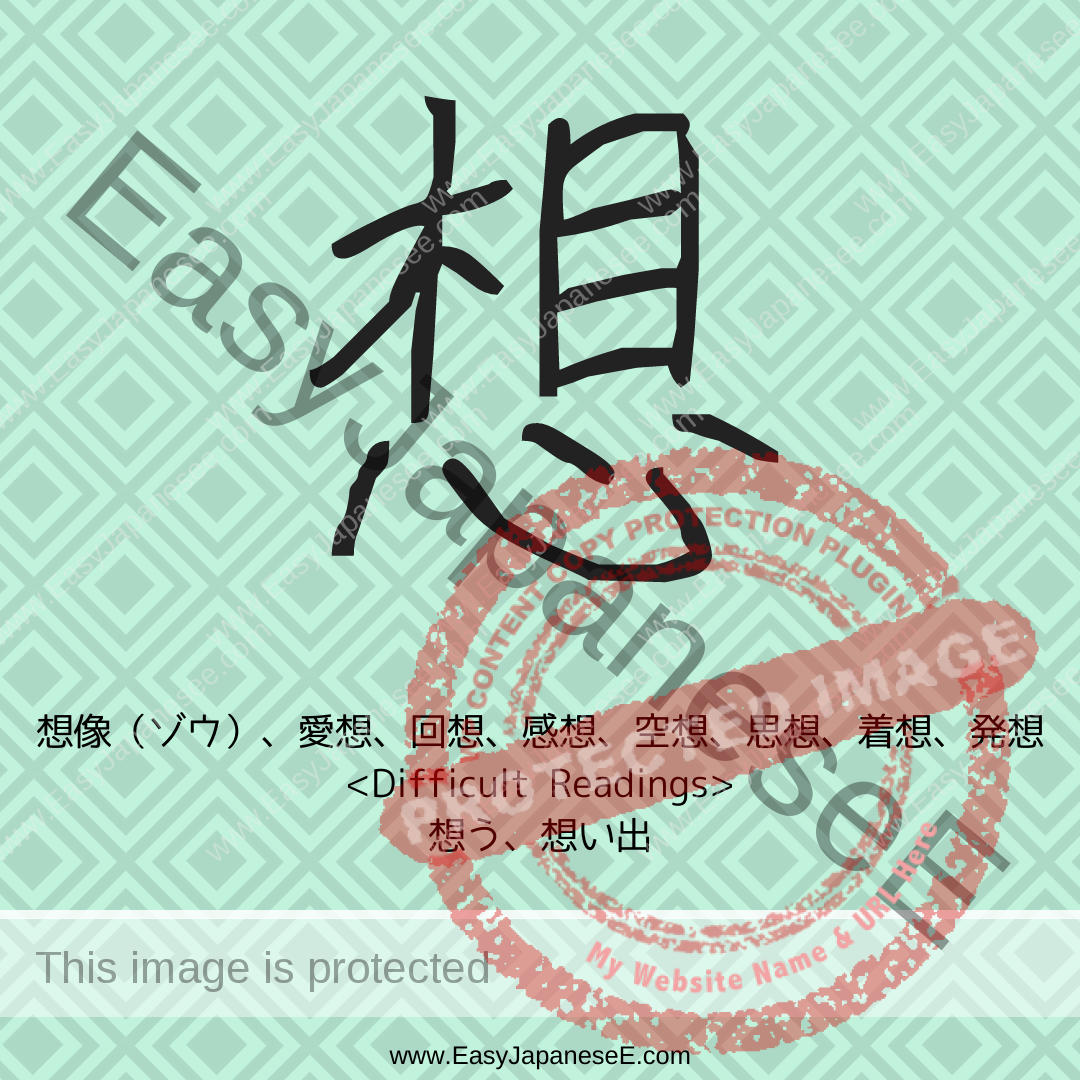
This week’s #kanji is #想, which is listed under its semantic element of #したごころ(心). Its phonetic element is 相. Meaning:…
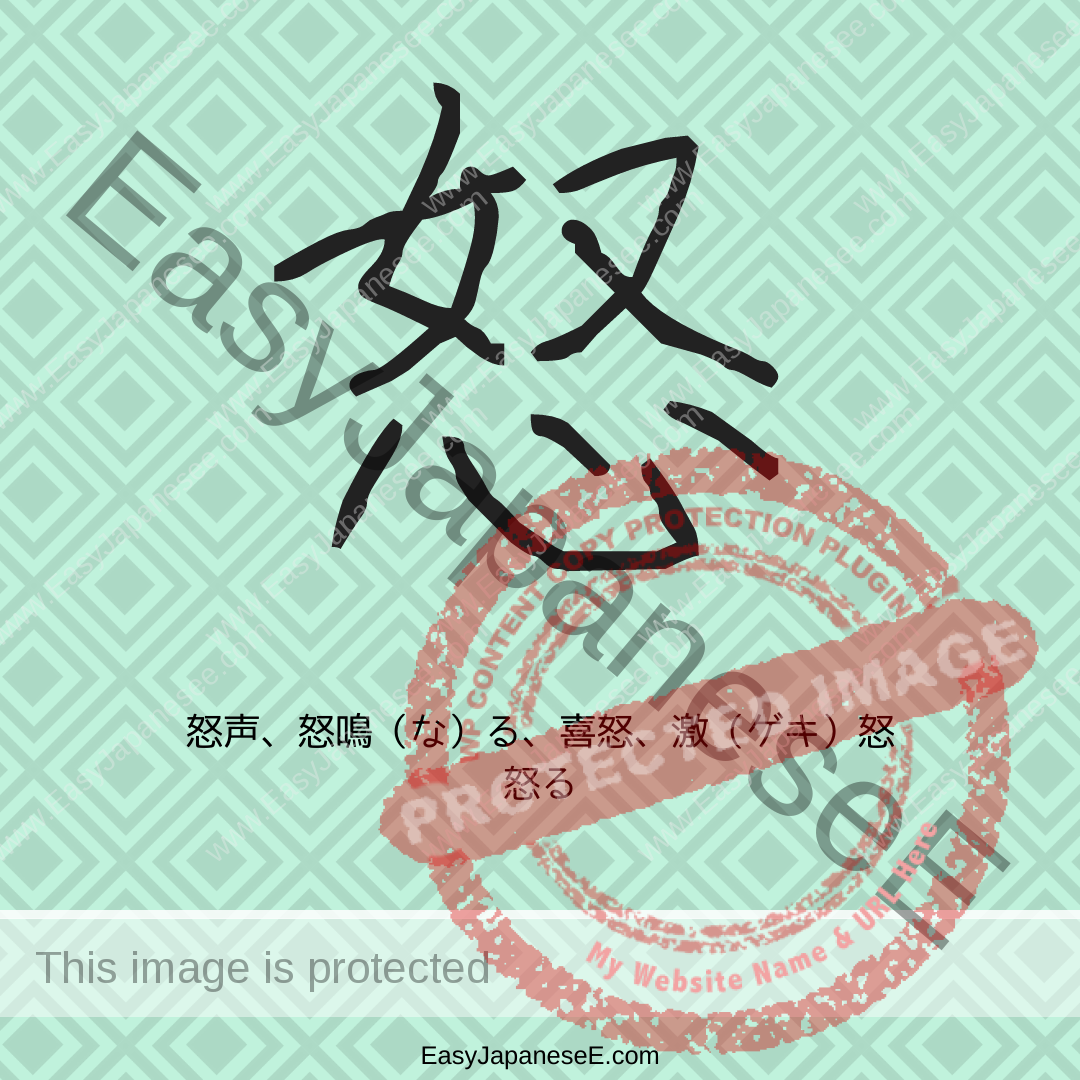
This week’s #kanji is #怒, which is listed under its semantic element of #したごころ(心). Its phonetic element is 奴, Can…
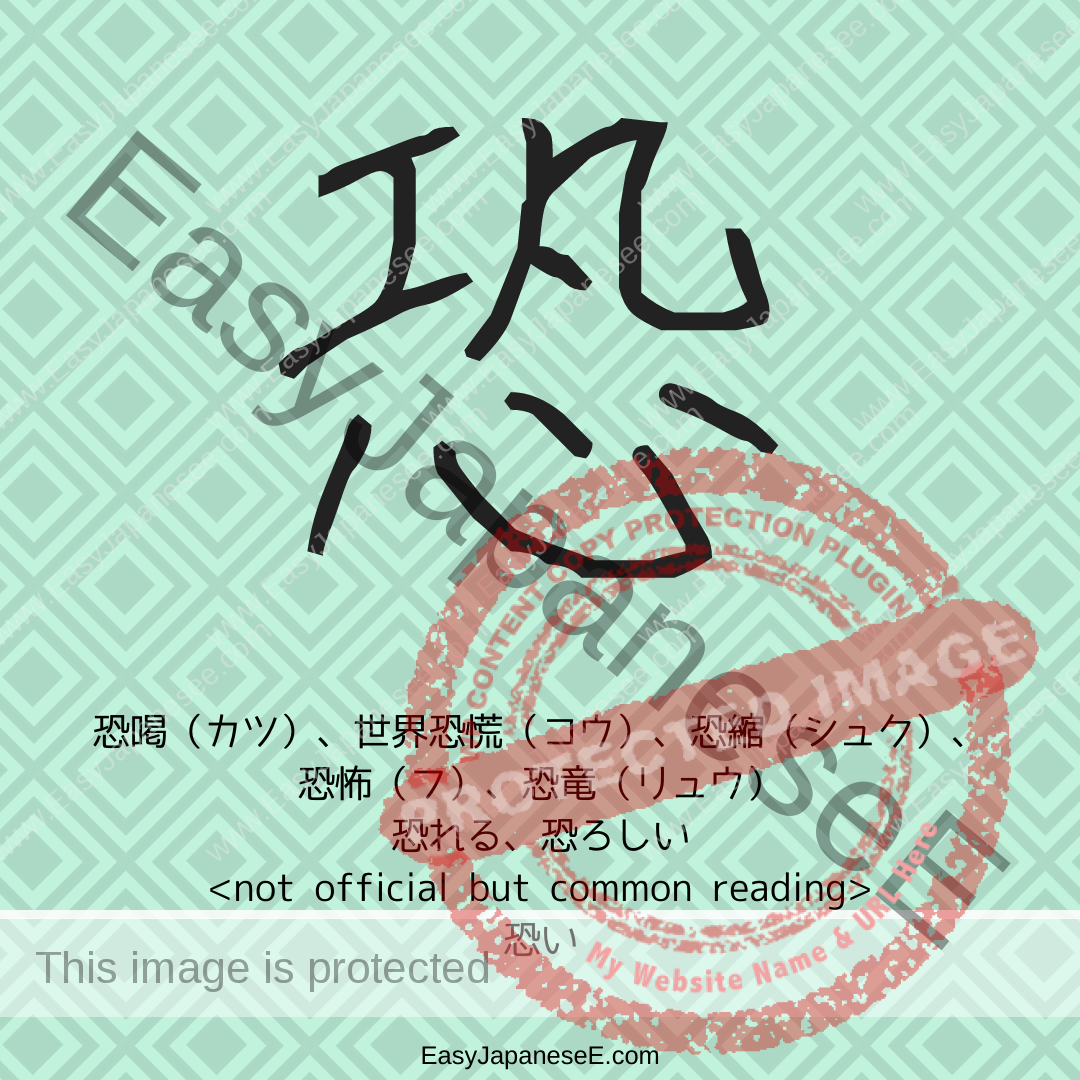
This week’s #kanji is 恐, which is listed under its semantic element of #したごころ(心). Its phonetic element is 巩, which…
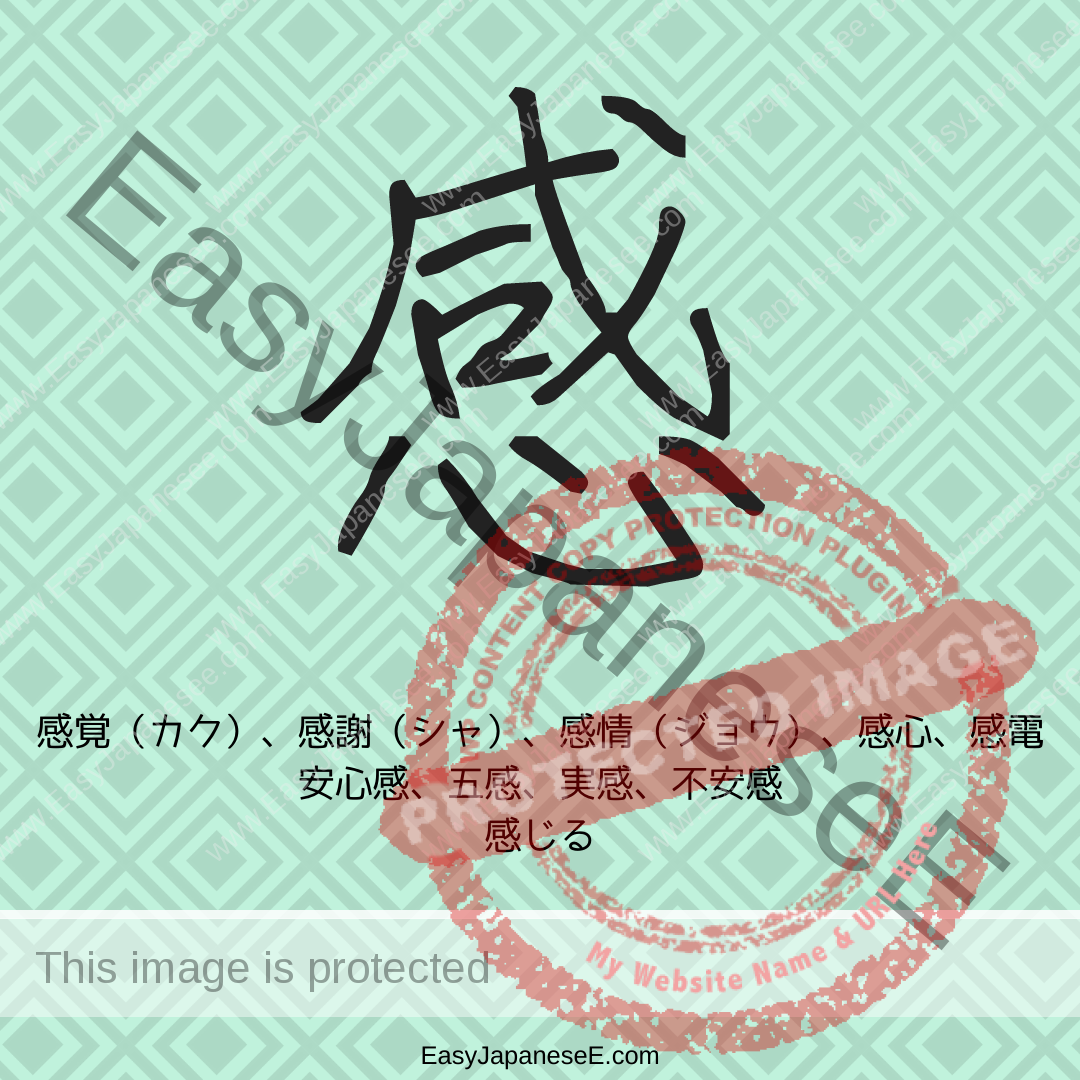
Today’s #kanji is #感, which is listed under its semantic element of #したごころ(心) and its phonetic element is 咸. 咸 apparently had a meaning of “being moved.” Can you tell what it mean and can you read all of the examples? Click the link to check them out.
#Japanese #日本語 #漢字 #JLPT #N3
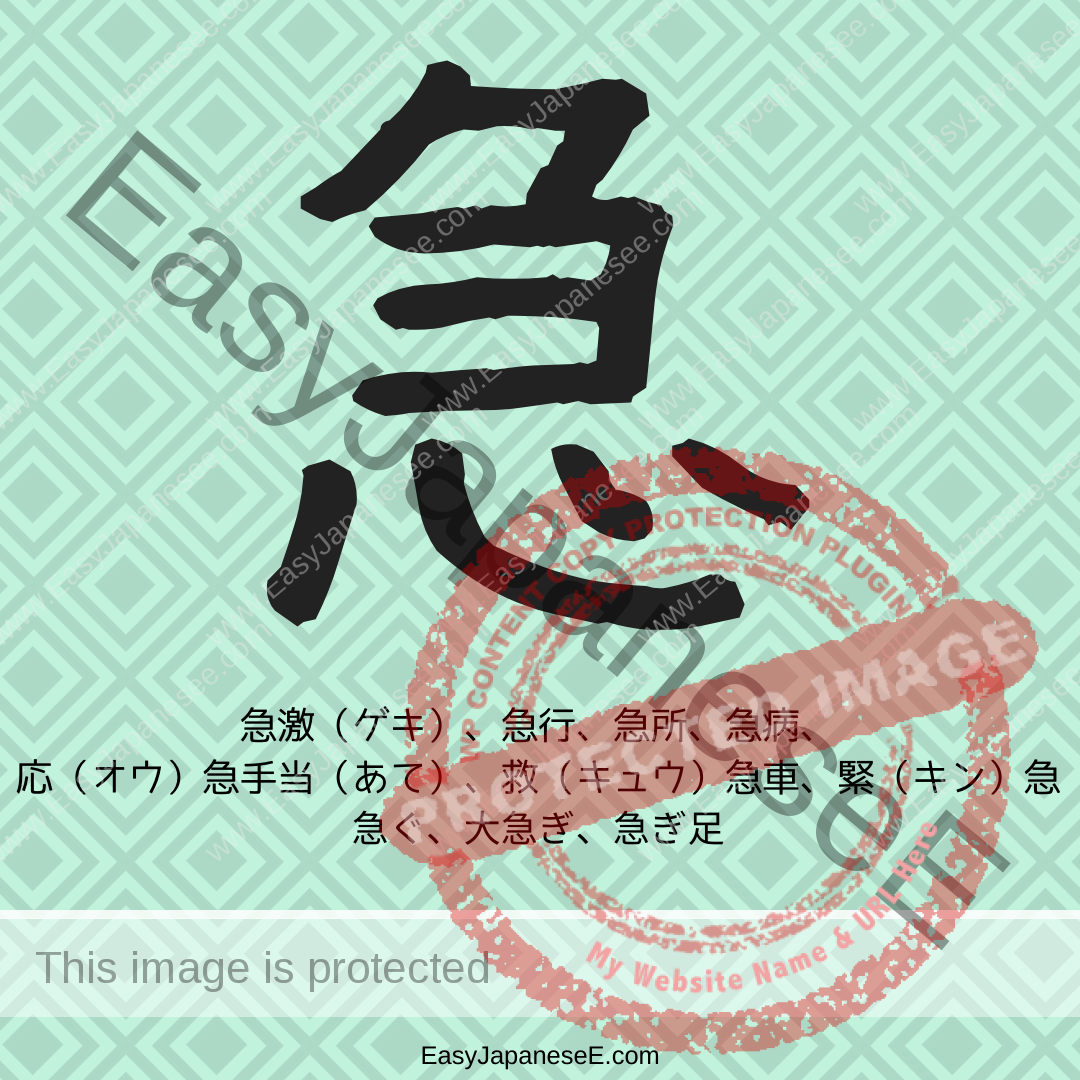
Today’s #kanji is #急, which is listed under its semantic element of #したごころ(心). Its sound element used to be 及.…
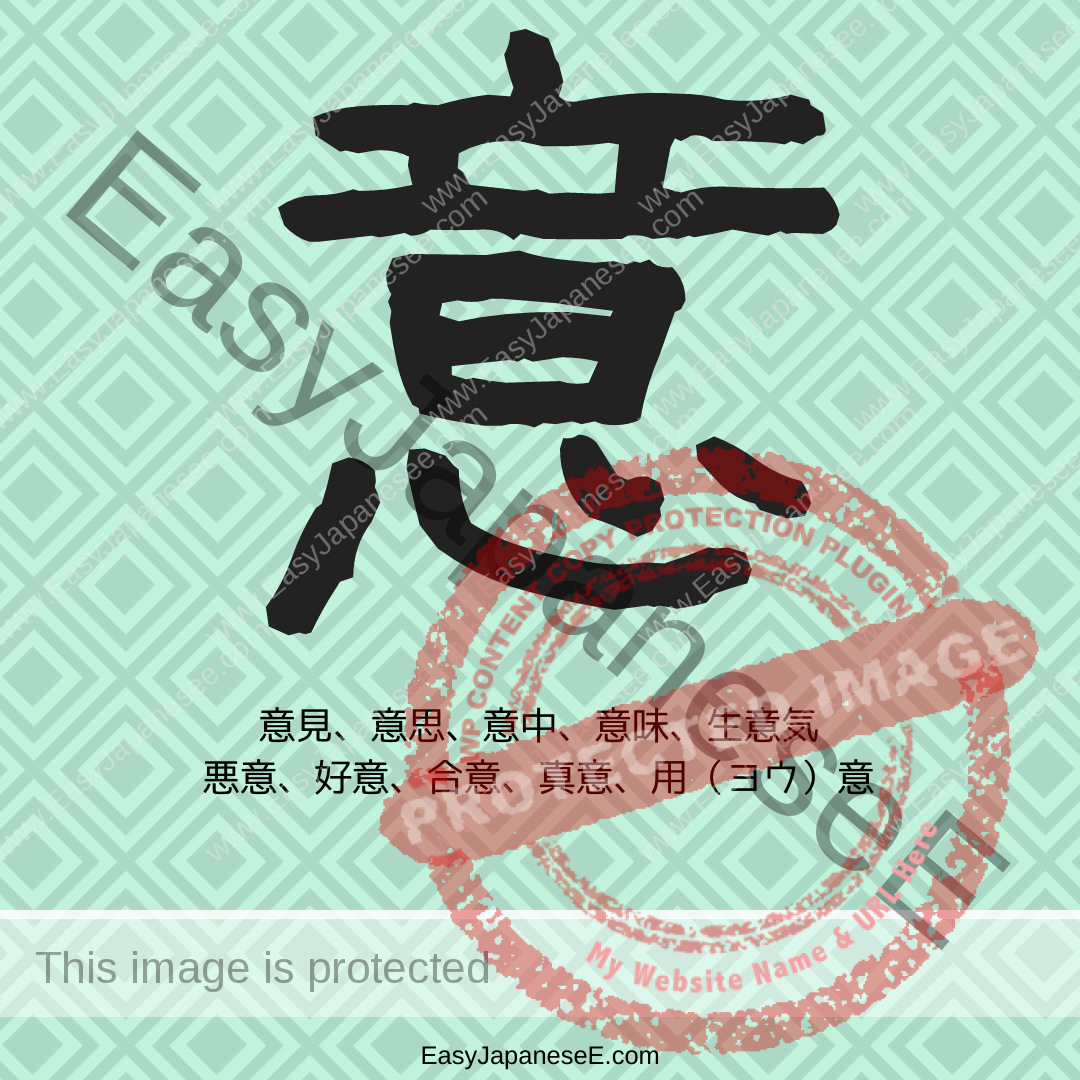
Today’s #kanji is #意, which is listed under its semantic element 心. Its phonetic element is 音 but 音 and…
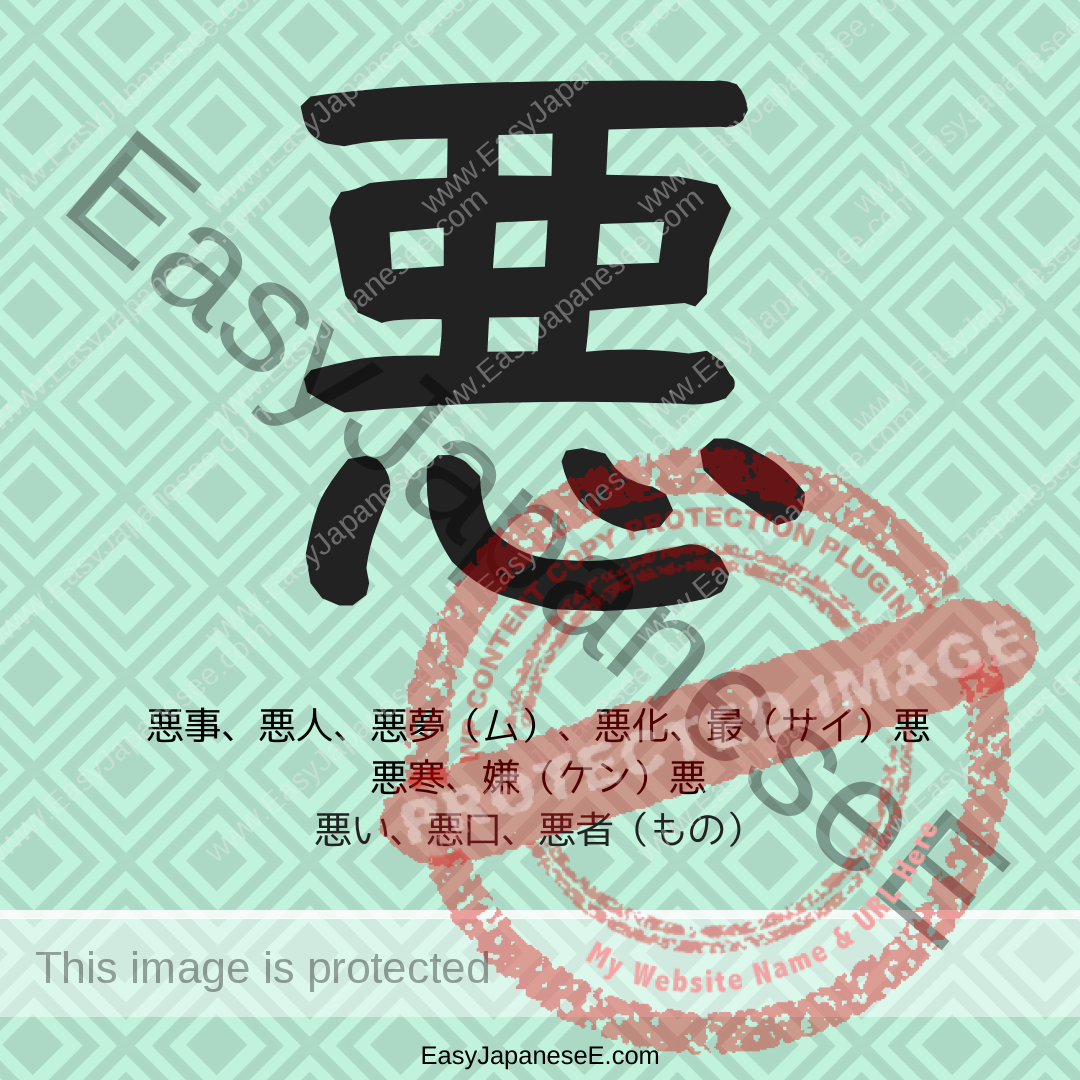
Today’s second #kanji is #悪, which is listed under the radical of #こころ(心). The top part 亜 used to be…
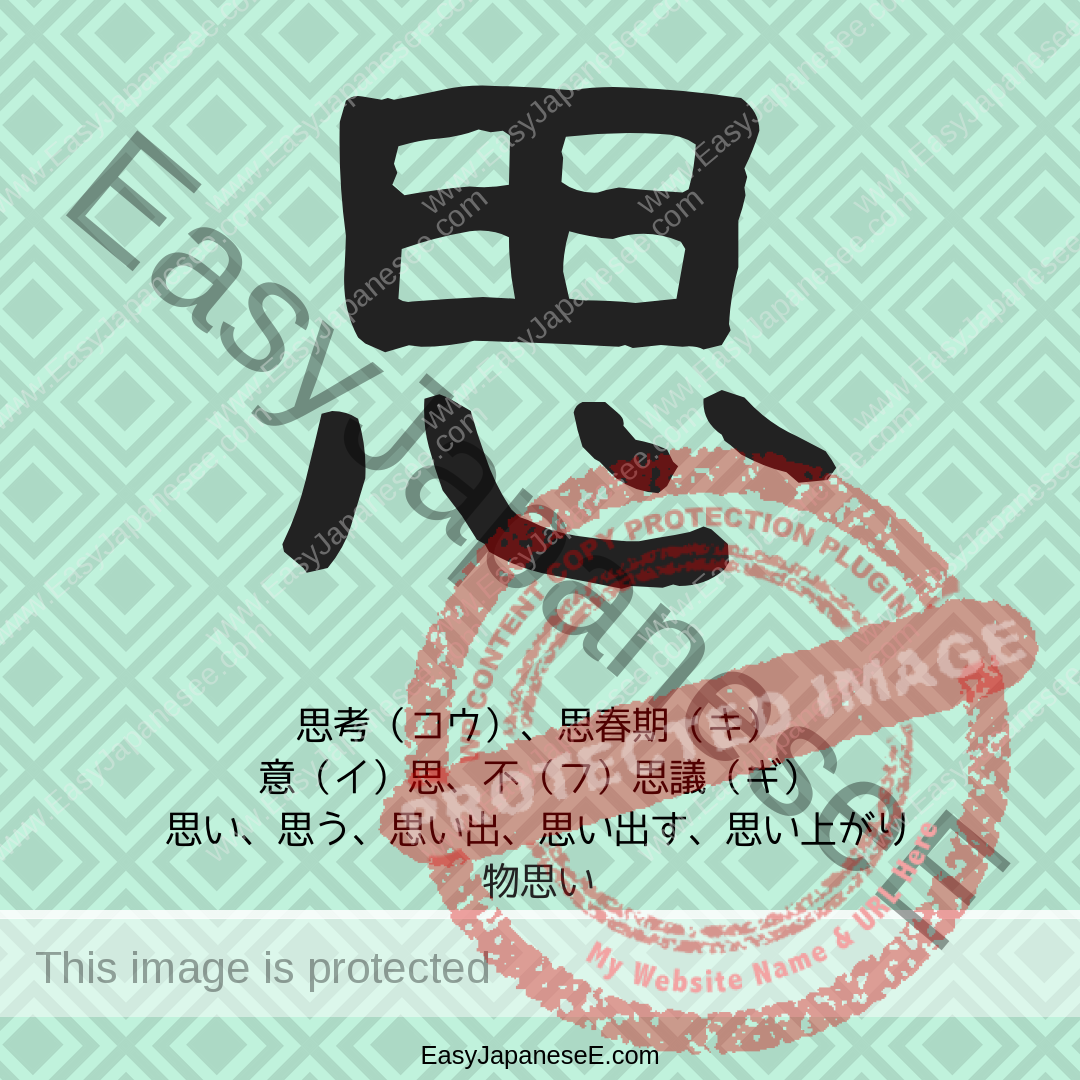
Today’s first #kanji is #思. It’s written with 田 (rice field ⇒ to produce) and 心(こころ). Your thoughts are product…
